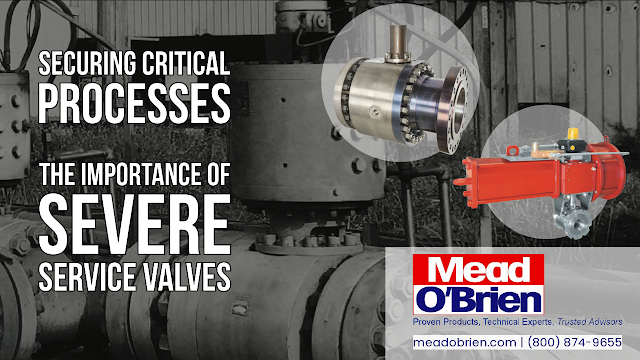ValvTechnologies has built its reputation on delivering zero-leakage, severe service valve solutions that meet the punishing demands of the power industry. Their portfolio delivers reliability, safety, and durability across a wide array of high-temperature, high-pressure, and abrasive environments found in modern power generation - from fossil and nuclear to combined cycle and co-generation plants.
At the heart of ValvTechnologies' offering is their signature V Series metal-seated ball valve line. These valves feature an integral seat design with HVOF RiTech® coatings, providing exceptional hardness (68-72 Rc) to resist corrosion, erosion, and wear. A proprietary body seal ring handles pressures exceeding 20,000 psi and temperatures up to 1400°F, ensuring high-integrity sealing in the harshest environments. Additionally, the NexTech live-loaded gland packing system utilizes Grafoil and carbon fiber/Inconel rings with Belleville springs to maintain emissions control and leak-proof performance even under intense thermal cycling.
The V Series spans multiple configurations—from compact low-pressure designs to large-bore, high-pressure models - offering ANSI/ASME Class 150 to 4500 service in sizes up to 36 inches. This modularity makes them a go-to solution for feedwater systems, boiler blowdowns, steam lines, and turbine bypass operations.
Complementing the V Series is the IsoTech® valve, a premium choice for large-diameter, high-energy piping systems in steam and feedwater applications. IsoTech® valves are field-repairable in-line, a critical advantage during outages. They utilize the same carbide overlays and spring-loaded sealing approach as the ball valves, achieving bubble-tight shutoff even under vacuum conditions. IsoTech® products come with ValvTechnologies' renowned four-year zero-leakage warranty and a delamination guarantee.
For applications requiring precision control, ValvTechnologies offers the Xactrol® control valve series. Designed for both liquid and gas service, the Xactrol® excels in high ∆P scenarios, handling cavitation, flashing, erosion, and vibration with ease. It's available in several configurations, each tailored for specific flow control needs, including the high-performance Mark III for sonic velocity gas and severe liquid service.
ValvTechnologies also address power plant safety and start-up operations with specialty valves, such as their ERV (Electronic Relief Valve) system and sky vent start-up valves. The ERV combines electronic monitoring with a zero-leakage isolation valve for overpressure protection, while the sky vent line safeguards plant equipment from thermal stress during start-up by precisely venting high-temperature steam.
Recognizing the importance of efficiency and lifecycle management, ValvTechnologies introduced ValvPerformance Testing™. This advanced acoustic monitoring system assesses valve performance across entire plants, supporting predictive maintenance and reducing downtime. Most facilities see a 1–4% gain in thermal efficiency after addressing problem valves identified by this testing.
To streamline procurement and integration, ValvTechnologies also offers pre-engineered packages, such as the ValvXpress®, which combines their high-quality V1-1 valve with an automated actuator system - ideal for customers who require rapid deployment without sacrificing performance.
In the Midwest, ValvTechnologies partners with Mead O'Brien, with offices in Kansas City, MO, St. Louis, MO, Tulsa, OK, and Calvert City, KY. Mead O'Brien stands out as a leading distributor of ValvTechnologies' high-performance products, serving power generation clients with local expertise, application support, and rapid response. Their partnership ensures that power plants across the region operate with maximum reliability, safety, and efficiency.
https://meadobrien.com
(800) 874-9655



